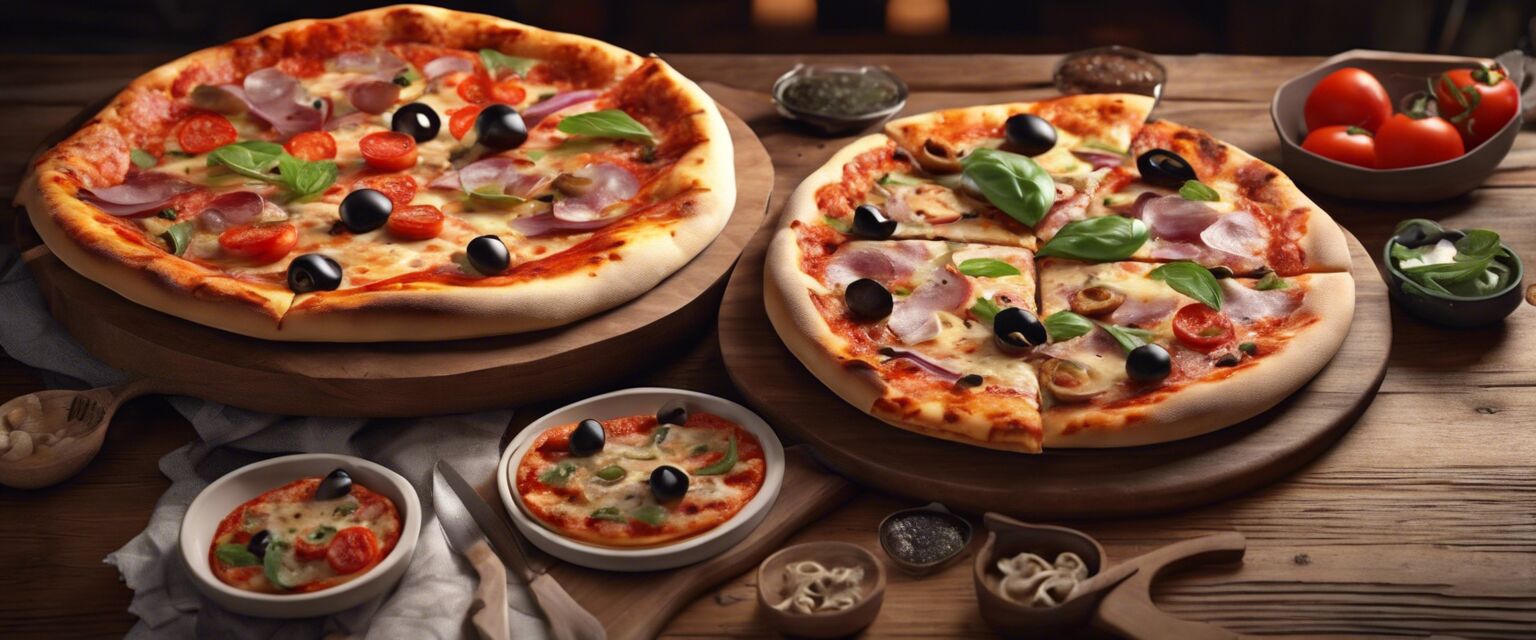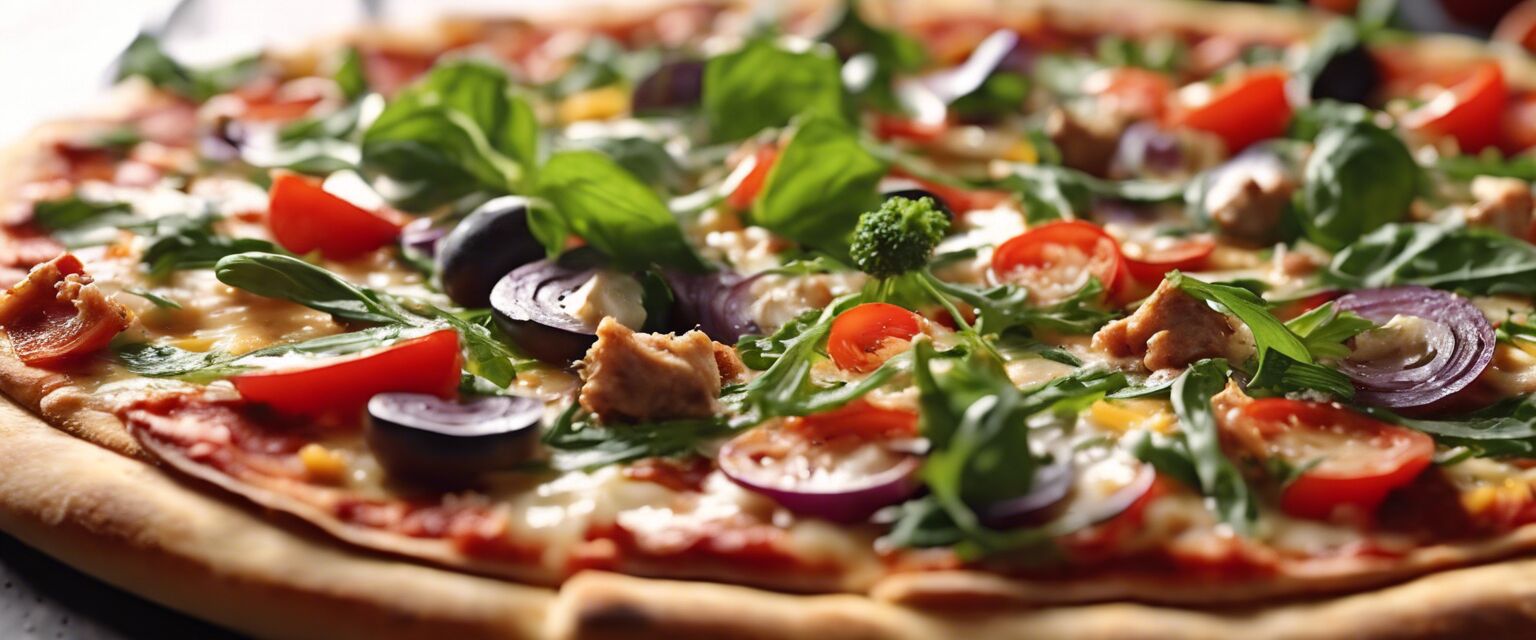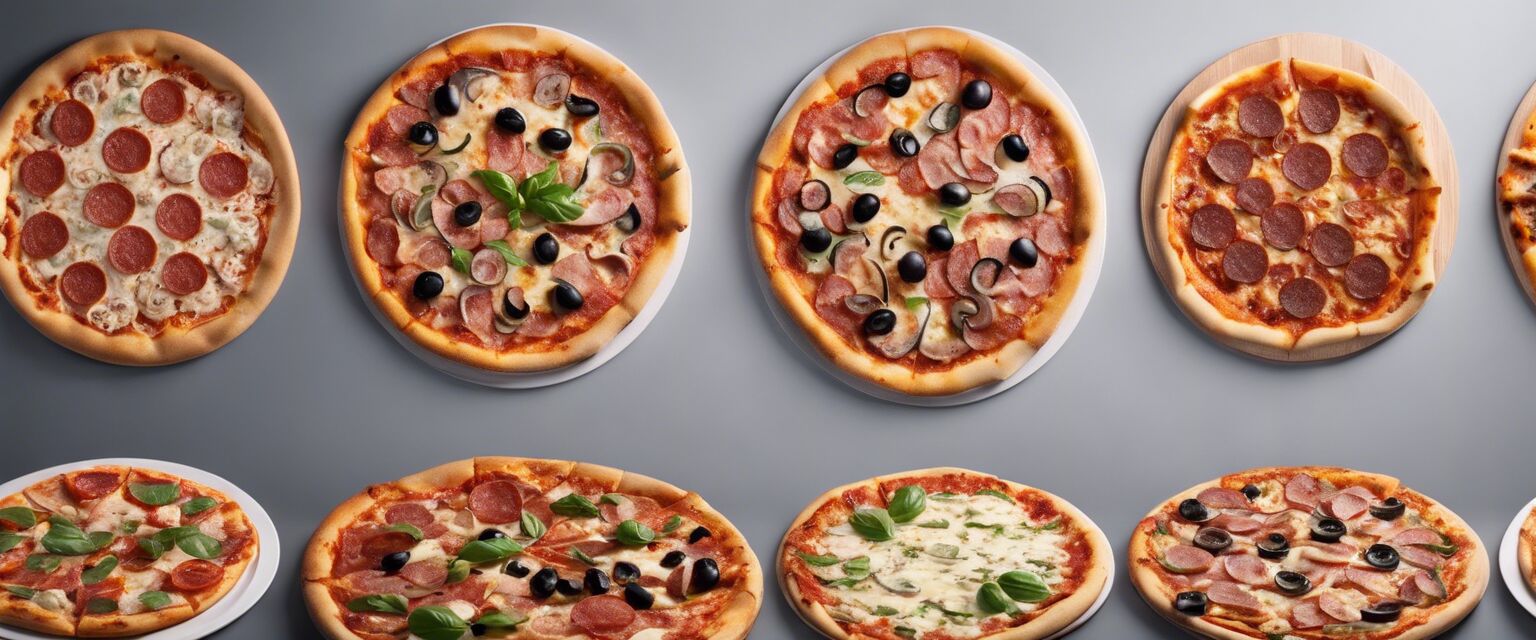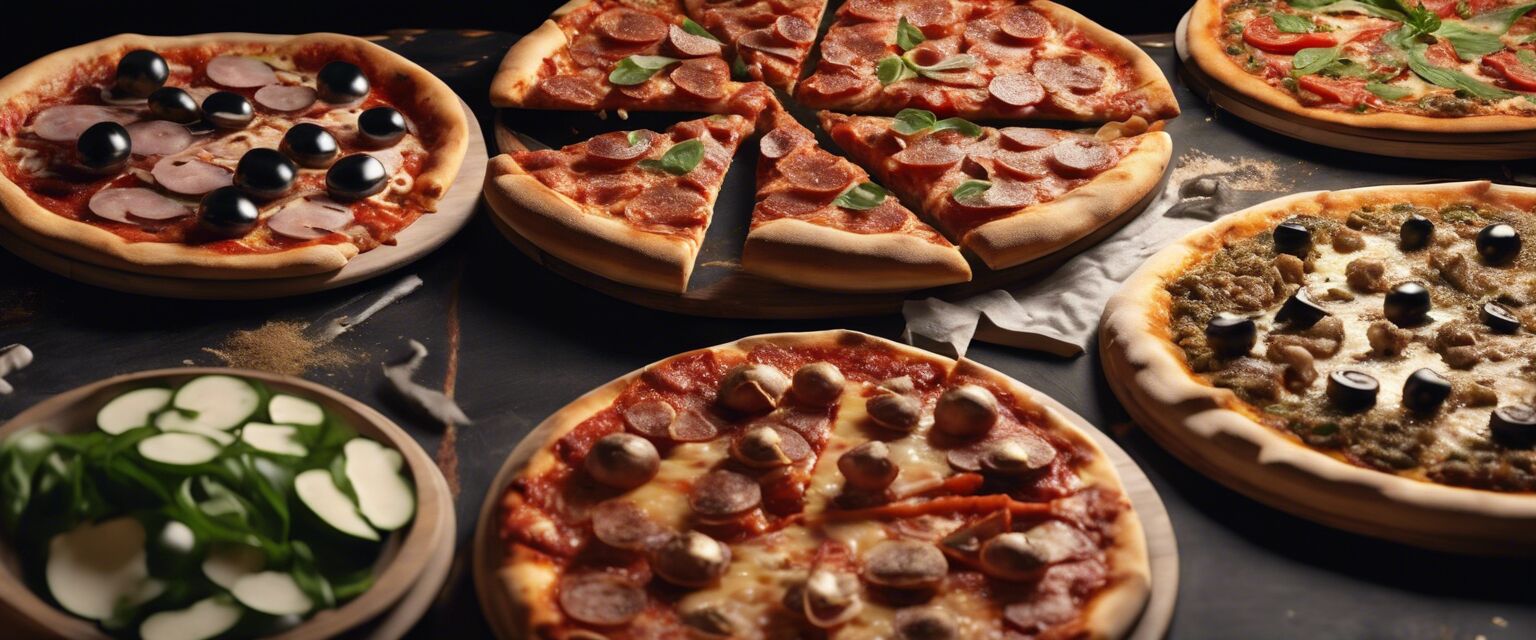
Health and Nutrition: Insights into the nutritional aspects and health considerations of pizza
Key Takeaways
- Pizza can be a balanced meal when prepared with healthy ingredients.
- Understanding nutritional values helps in making informed choices.
- Opting for whole food toppings enhances the nutritional profile.
- Serving sizes and portions are crucial for maintaining a healthy diet.
Pizza is often considered a guilty pleasure, but it can also be a nutritious meal when made with the right ingredients. We will explore the nutritional aspects and health considerations of pizza, examining how various toppings and crusts influence its health benefits.
Nutritional breakdown of pizza
To understand pizza's nutritional value, it helps to break it down into its components: crust, sauce, cheese, and toppings. Here’s a detailed comparison:
| Component | Calories (per slice) | Protein (g) | Carbs (g) | Fats (g) |
|---|---|---|---|---|
| Regular crust + cheese | 285 | 12 | 36 | 11 |
| Whole wheat crust + veggies | 240 | 10 | 40 | 8 |
| Thin crust + lean protein | 250 | 15 | 29 | 9 |
| Gluten-free crust + cheese | 310 | 10 | 35 | 15 |
Choosing healthier ingredients
Making healthier choices when constructing your pizza can greatly enhance its nutritional profile. Here are some tips:
Beginners Section
- Opt for whole grain crusts: Whole grains add fiber and nutrients.
- Load up on veggies: Vegetables add vitamins and minerals.
- Choose lean proteins: Options like chicken or turkey keep it light.
- Be mindful of cheese: Consider using low-fat cheese or less cheese overall.

Common misconceptions about pizza and health
There are several misconceptions surrounding pizza; let's debunk a few:
- Myth: All pizza is unhealthy.
Fact: Pizza can be a healthy meal if made with the right ingredients. - Myth: Pizza is too high in calories.
Fact: Portion control and ingredient choices can make it suitable for any diet. - Myth: Pizza lacks nutritional value.
Fact: A balanced pizza can provide essential nutrients.
Considerations for special diets
Pizza can easily be tailored to fit various dietary preferences, including:
- Vegan Pizza: Use plant-based cheese and veggie toppings.
- Gluten-Free Pizza: Choose gluten-free crusts made from alternative flours.
- Low-Carb Pizza: Cauliflower crusts are a popular low-carb option.

Serving sizes and portion control
It’s essential to be mindful of serving sizes when enjoying pizza. Here are some guidelines:
| Pizza Type | Recommended Serving Size | Estimated Calories |
|---|---|---|
| Regular Pizza | 2 slices | 570 |
| Vegetable Pizza | 2 slices | 480 |
| Thin Crust Pizza | 2-3 slices | 500 |
| Whole Wheat Pizza | 2 slices | 460 |
The final slice
Pizza can be part of a healthy diet when prepared thoughtfully. Emphasizing wholesome ingredients, proper portion sizes, and a variety of toppings can transform pizza from a guilty pleasure to a balanced meal.
Pros
- Can be nutritious with lean proteins and vegetables.
- Offers versatile options for dietary preferences.
- Can be made with whole ingredients for added health benefits.
Cons
- Often calorie-dense if made with excessive cheese or unhealthy toppings.
- Commercial pizza can contain preservatives and additives.
- Portion sizes can lead to overeating if not managed.
For more insights into pizza types, check out our pages on Gourmet Pizzas, Pizza Crust Varieties, and Vegan Pizzas.

